
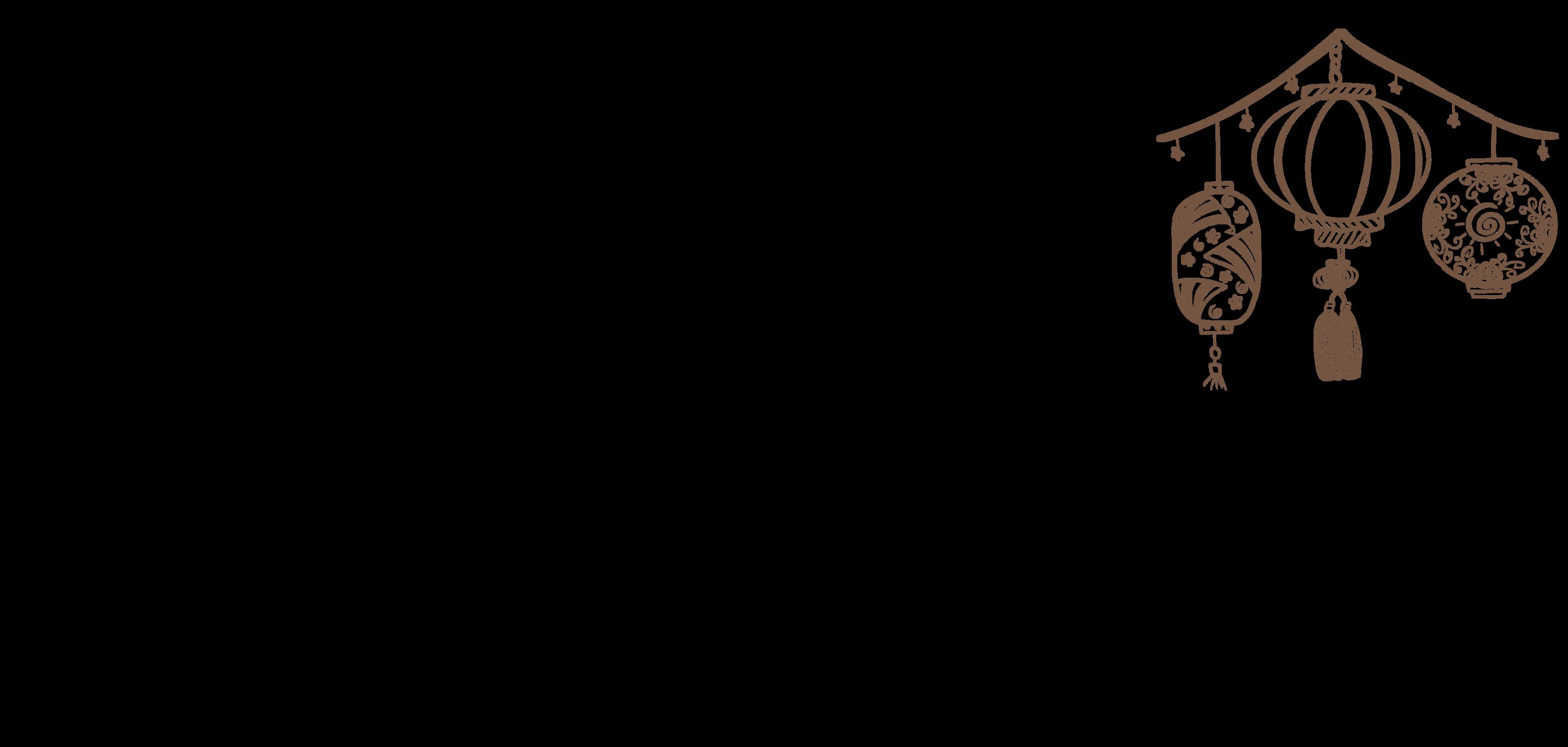

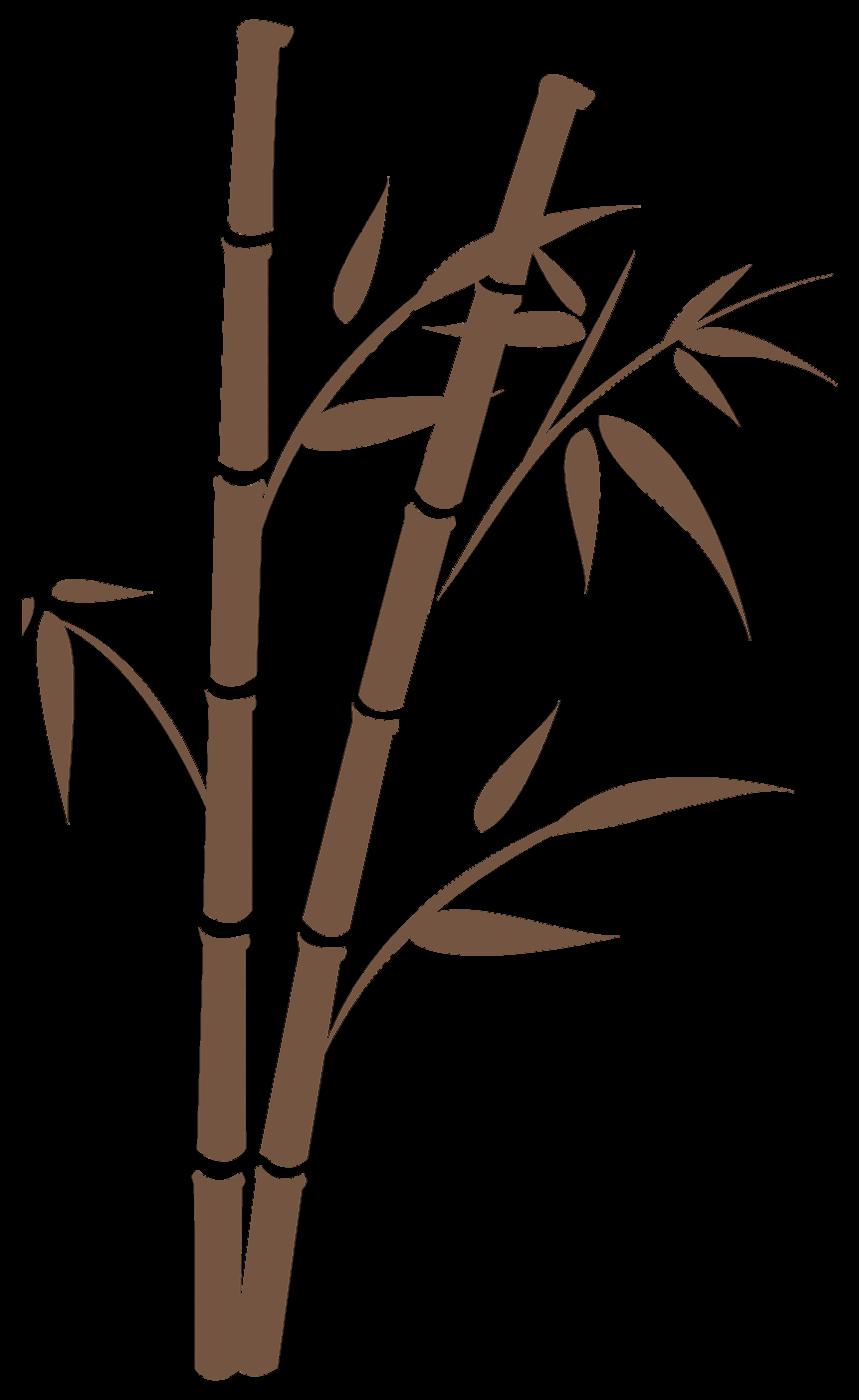



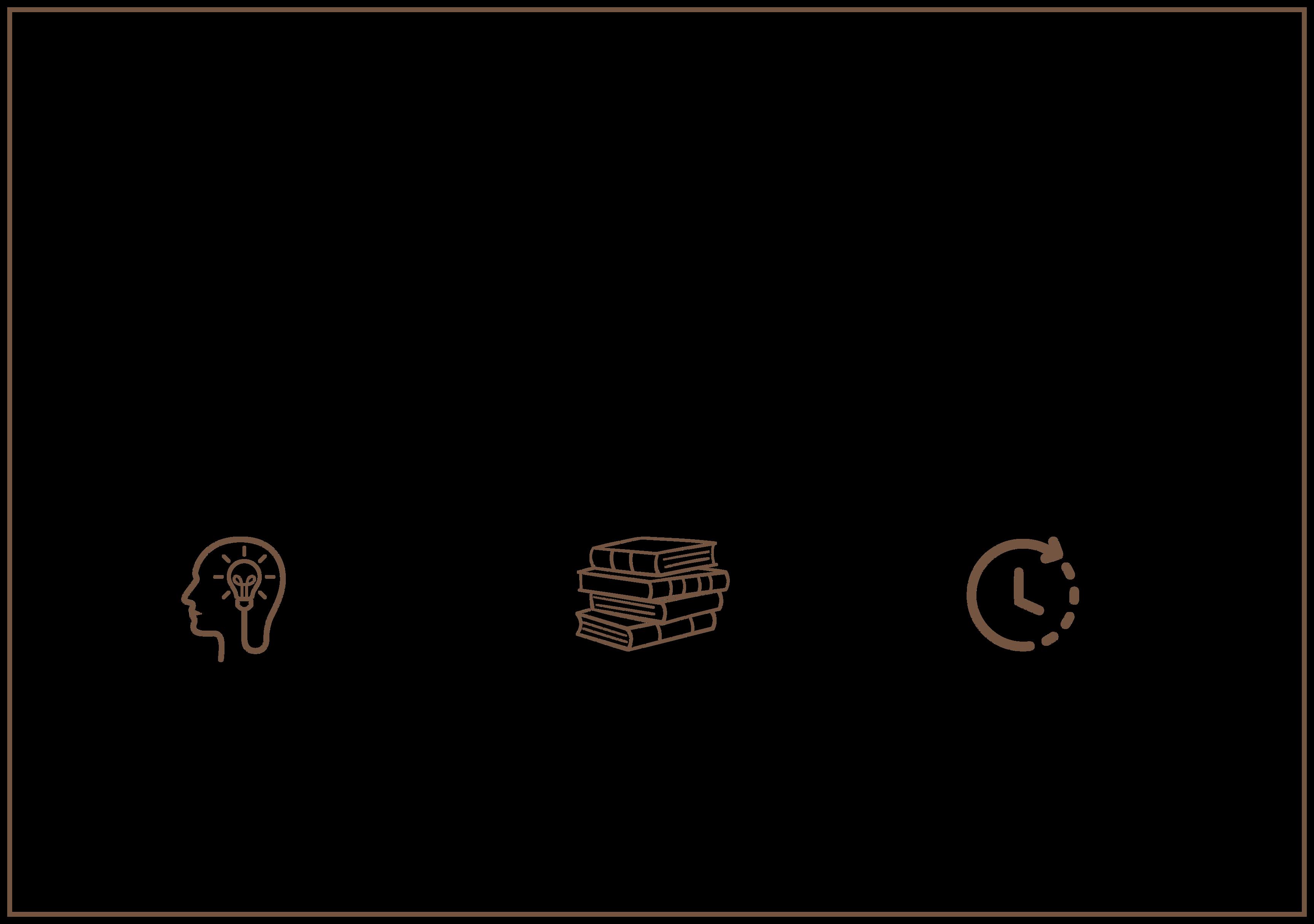









This module invites students to explore the concepts of escapade and loci by researching and reinterpreting the heritage of

site-specific design, visual Penang. Students will begin by curating a narrative abstract storytelling, inspired by Penang’s cultural and industrial an escapade a short-term, immersive staycation experience rooted in local culture, arts, and history. Emphasis is placed on and presentation skills, developed progressively through visual legacy. Through site studies and group analysis, they will investigate real-world contexts to inform their ideas. The module culminates in the design of
conceptual thinking, journals, mock-ups, and a final physical model.





DISCIPLINE SPECIFIC
more confident in making decisions and thinking creatively throughout the project. real site conditions, identify issues, and find suitable design solutions. This helps us become research into creative design ideas. We explore by studying Penang’s heritage and turning our We learn to think critically and solve problems experiences.
architecture by exploring cultural heritage, site analysis, and design development. We learn to apply design principles, spatial planning, and storytelling techniques to create meaningful and context-based

LIFELONG LEARNING helps them grow as creative and adaptable by doing research, exploring new ideas, and reflecting on feedback. We develop the habit of continuous learning and improvement, which We are encouraged to be independent learners
We gain knowledge and skills related to interior designers.



Curating an Abstract - The Narrative

Site Study
Final Project











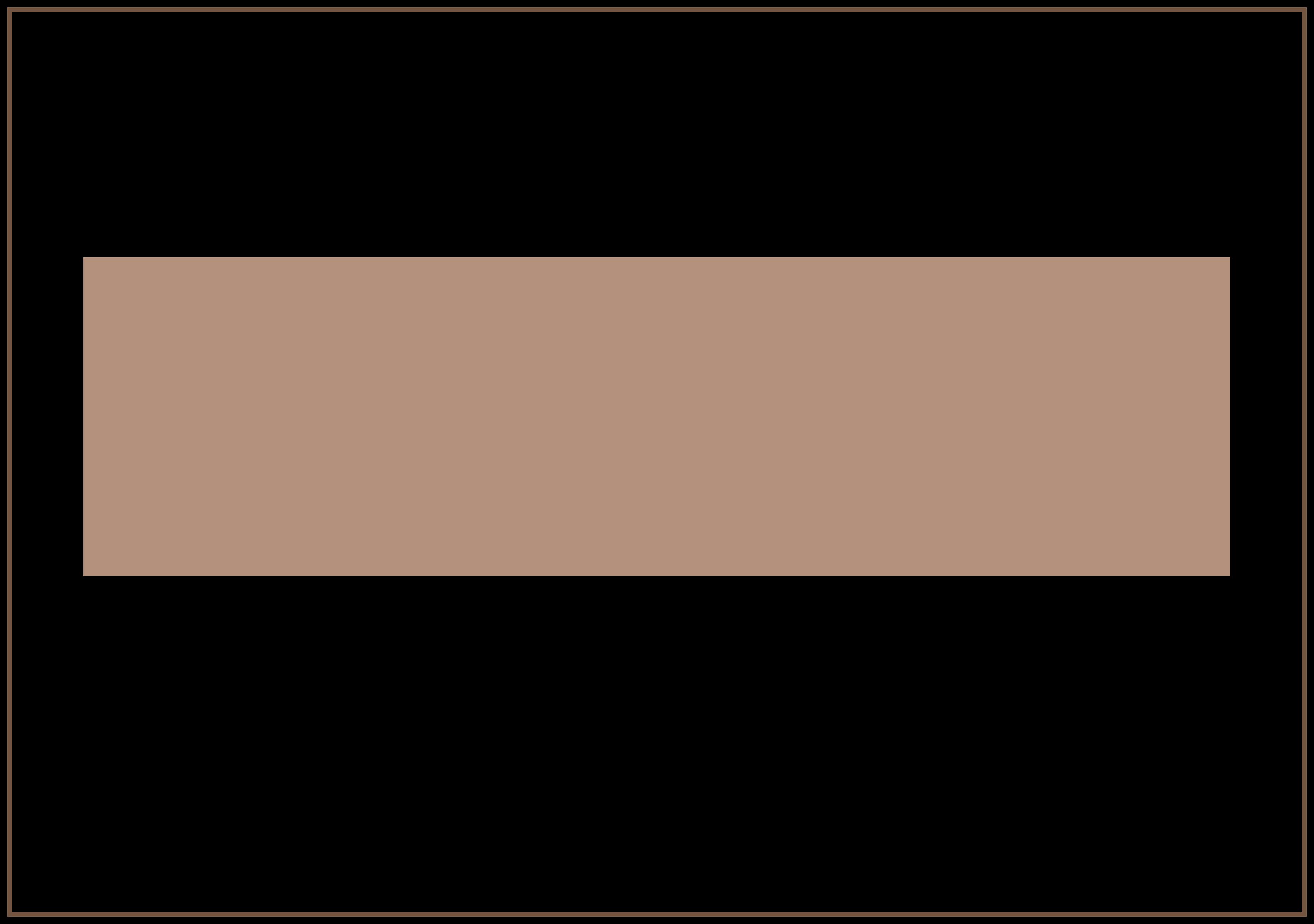


individual narrative abstract that reflects our interpretation of Penang’s identity. and electronics based on our own interests. Through this exploration, we develop an research and conceptualize Penang’s legacy through its cultural and industrial heritage. We are guided to reinterpret elements such as tin mining, shipping harbours, textiles, rice mills, This module asks us to explore and understand the meaning of ‘escapade’ and ‘loci’, and to



















This phase of the module asks us to conduct a group analysis by physically visiting the chosen site. Our group began by observing and collecting inventory — including the size, materials, condition, and history of the site as well as paying attention to the surrounding environment. This helped us understand the site’s context and potential. Based on our individual narratives, each group is assigned specific tasks: G1 focused on OBSERVE +
COLLECT, G2 on ANALYZE, G3 on COMPARE, G4 on NOTICE, and G5 on identifying PATTERNS. This process allows us to better understand the site’s opportunities and challenges, ensuring the project addresses the needs and interests of the end-users.



SITE STUDY | GROUP WORK















As the final project for Semester 4, students are required to propose a unique escapade
guests to relax, explore, and reconnect with themselves and the local environment. It combines comfort, creativity, and cultural discovery, offering an immersive experience experience within their chosen site in Penang. This proposal is developed based on the individual narrative abstract and group site study done from Week 1 to Week 7. An escapade is more than just a short stay or vacation — it is a carefully designed retreat that allows

rooted in the arts, heritage, and community of Penang.












PERSPECTIVES VIEW


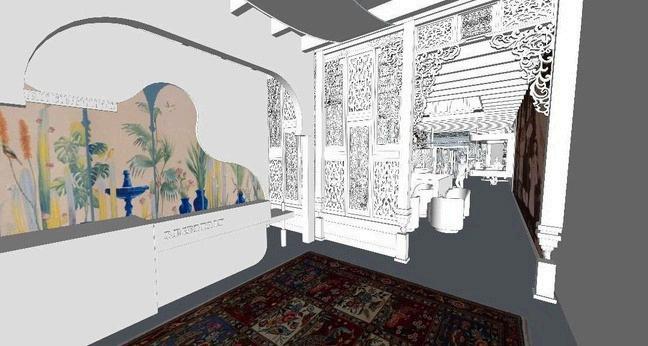




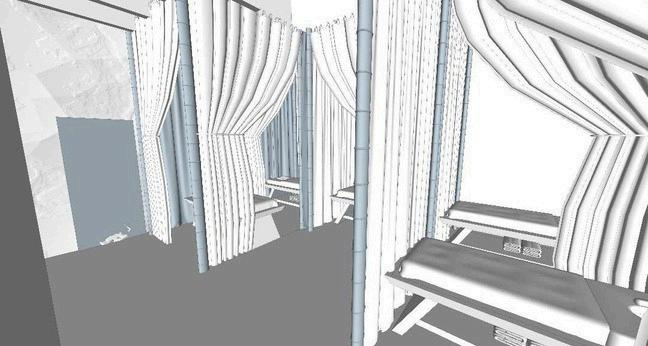























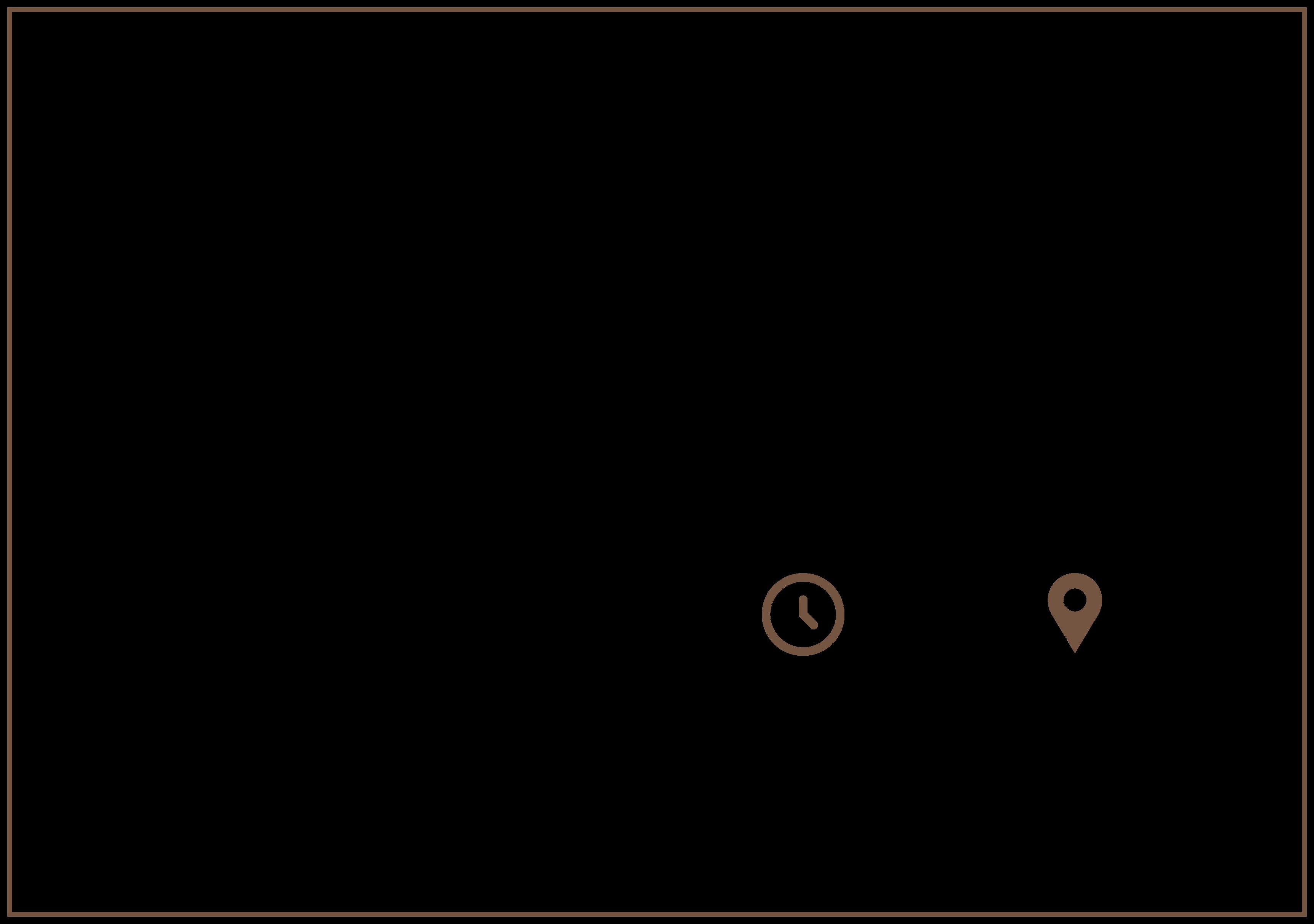


environment.
Operation Hour
Location
8:00AM-10:00PM focuses on relaxation, craftsmanship, and connection, creating a tranquil retreat that celebrates heritage and identity in a unique, sensory-driven
Sun Yat Sen Museum, GeorgeTown immersive experiences through batik textiles, local materials, installation art, and storytelling. The space in George Town, Penang, blending traditional Malay elements with modern wellness and design. It offers ALUNÉ is more than a hotel, it's a cultural sanctuary
Penang
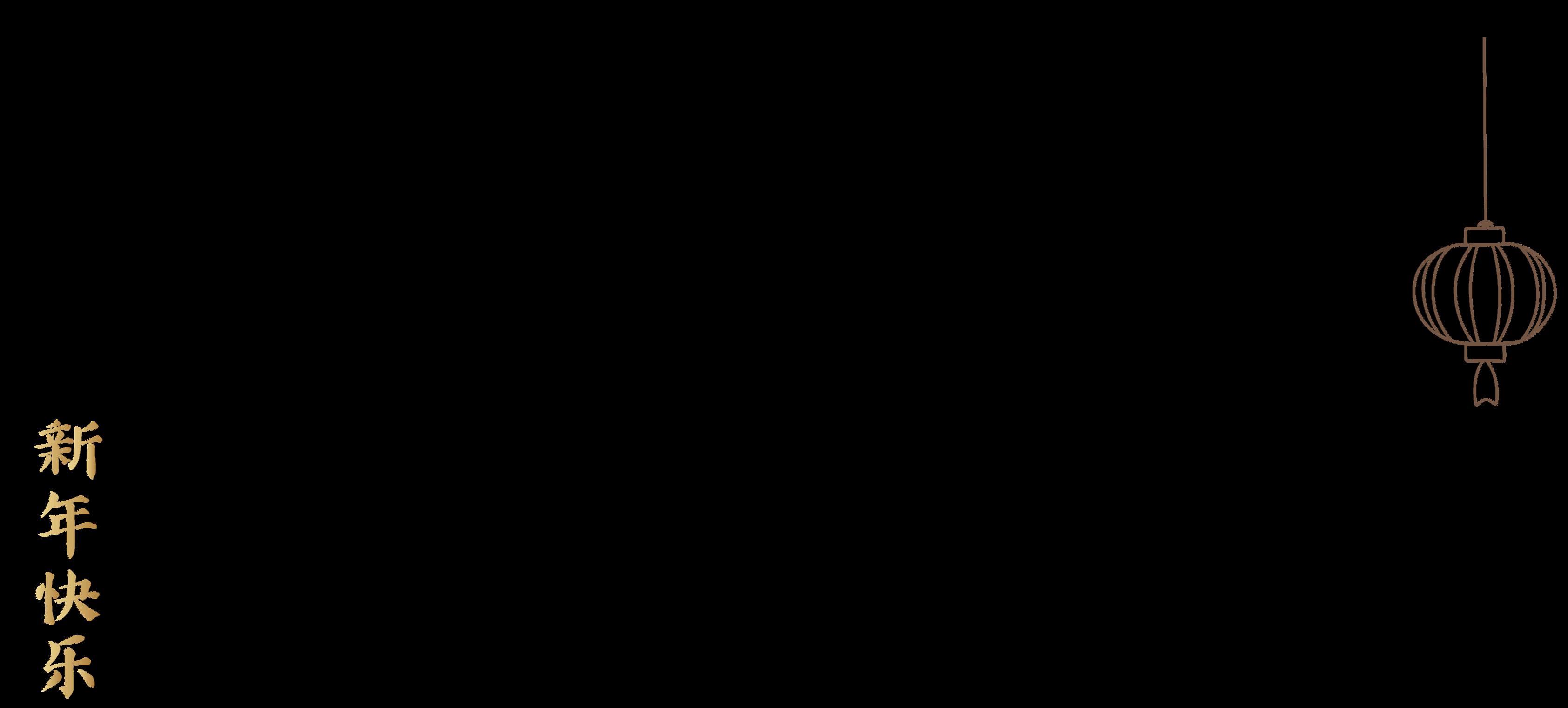











































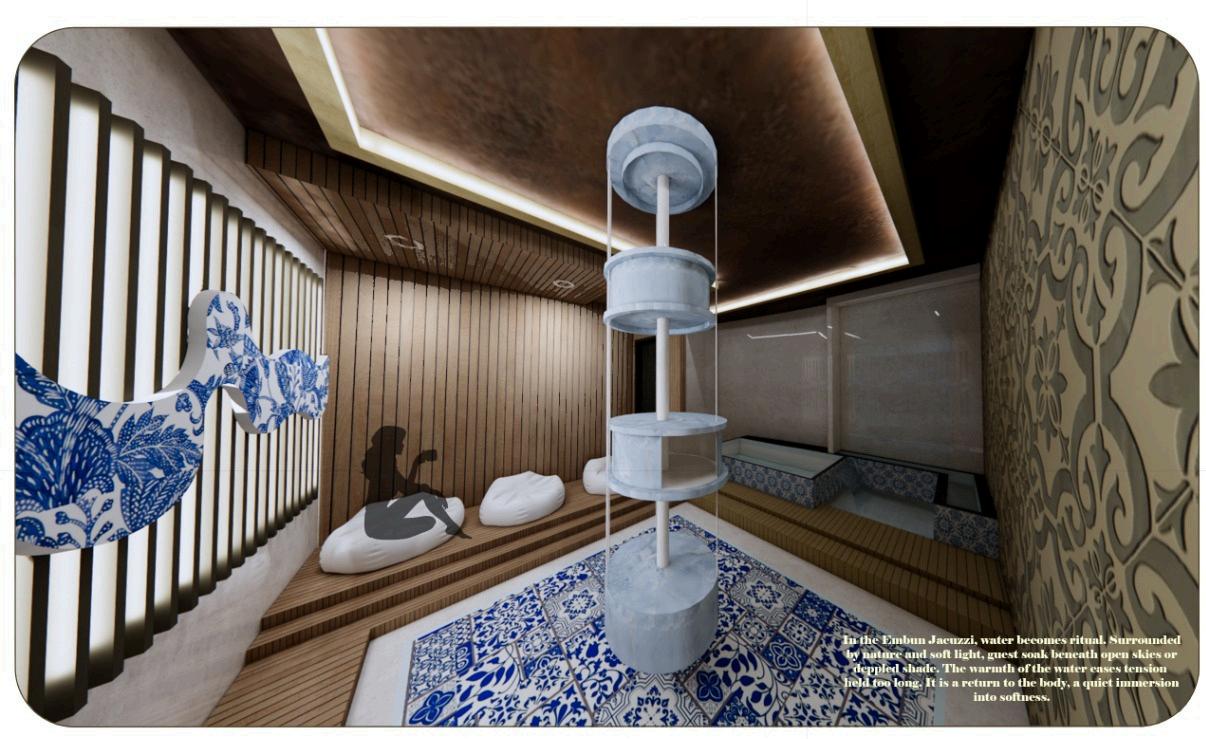





















This semester has been much tougher than I expected. From the start, I felt overwhelmed by the workload and the constant changes. There were many confusing moments where I wasn’t
sure if I was doing the right thing, and sometimes, instructions felt unclear or last-minute, which added to the pressure. However, through all the struggles, I’ve also learned a lot about
design, teamwork, and myself.
In Phase 1, I worked on the narrative board, and honestly, it was the part I enjoyed the most. It allowed me to take time to explore Penang’s heritage, which I found really interesting. Doing research, finding stories, and understanding the local culture gave me a strong foundation for the rest of the project. Choosing batik as my theme felt natural to me. I connected with its history, patterns, and cultural meaning. Until the end of the semester, I never once regretted picking batik because it helped shape my concept and gave my project a
strong identity.

Phase 2 was when things started to get more difficult. The group site analysis was intense. We had to go to the site, collect inventory, observe surroundings, and understand every detail, from materials to spatial context. My part had to be completely redone in just one day because the first outcome wasn’t good enough. I spent hours fixing and redesigning everything from scratch, hoping my efforts would be recognized, but in the end, I didn’t really get the credit for it. That part was frustrating and demotivating, but it also taught me that in real life, sometimes your hard work won’t be acknowledged, and you still have to keep going.
Then came the final project, which was the biggest challenge. I received a lot of critique, some were harsh, and some were helpful. I took every comment seriously and tried my best to improve based on the feedback. Although it was tough to hear criticism after putting in so much effort, I realized that these critiques are part of the learning process. They helped me see things from a different perspective, and I tried to stay positive throughout. Despite all the challenges, I’m proud of how far I’ve come this semester. I pushed through the confusion, the redos, the critiques, and the long hours. This module has taught me more than just design, it taught me about resilience, problem-solving, adapting under pressure, and staying true to my concept. It reminded me that even when things don’t go as planned, it’s okay to make mistakes, as long as you keep learning and moving forward. In the end, I may not have had a perfect journey, but I’ve grown and that’s what matters most.





